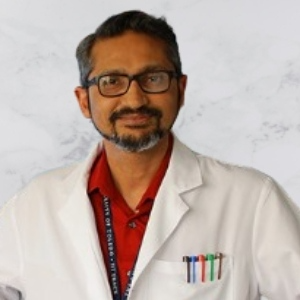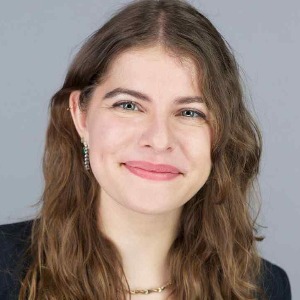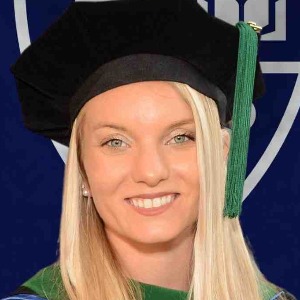Antimicrobials/Antibiotics/Antibacterial
Microorganisms are killed or slowed by antimicrobial agents. Bacteria, viruses, protozoans, and fungus such as mould and mildew are examples of microorganisms. An antimicrobial is a substance that kills or inhibits the growth of bacteria. Antimicrobial drugs are classified by the bacteria against which they are most effective. Antibiotics, for example, are used to treat bacteria, whereas antifungals are used to treat fungi. They can also be categorised based on their function. Microbicides are those that kill microorganisms, while bacteriostatic agents are those that simply restrict their growth.
Antibiotics, also called antibacterial, are drugs that kill or slow the growth of germs. They include a variety of potent medications that are used to treat microbial infections. Antibiotics are ineffective against viral infections such as the common cold, flu, and most coughs. Antibiotics are potent drugs that combat infections and, when taken correctly, can save lives. They either prevent bacteria from multiplying or kill them.
- Antiviral Agents
- Antiparasitic Agents
- Antibacterial Agents
- Antifungal Agents
- Discovery of New Antibiotics
- Mechanisms of Action and Resistance-Development of Antibiotics

Francis J Castellino
University of Notre Dame, United States
Ranjan Ramasamy
ID-FISH Technology, United States
Saurabh Chattopadhyay
University of Kentucky College of Medicine, United States
Rico Leonardo Lizbinski
Northern Light Health, United States
Sasha Leibholz
New York Presbyterian Columbia/Cornell, United States
Lauren Gruffi
New York Presbyterian Columbia/Cornell, United States



Title : Changing population immunity to COVID-19 in the context of infection, vaccination, and emerging SARS-CoV-2 variants
Ranjan Ramasamy, ID-FISH Technology, United States
Title : Extensively drug-resistant bacterial infections: Confronting a global crisis with urgent solutions in prevention, surveillance, and treatment
Yazdan Mirzanejad, University of British Columbia, Canada
Title : Bioterrorism through the ages: Historical perspective, emerging threats, and medical countermeasures
Claudia Ferreira, Sorbonne University, France
Title : Measles vaccination coverage indicators in 2023 and advance towards measles elimination and eradication by 2030
Pedro Plans Rubio, College of Physicians of Barcelona, Spain
Title : Pathogen-derived noncanonical epitopes: Are they valuable targets for novel vaccinations and shall we be concerned about autoimmune responses?
Michele Mishto, Francis Crick Institute, United Kingdom
Title : Severe influenza and other related respiratory infection cases during Omicron era in Japan
Masafumi Seki, Saitama Medical University International Medical Center, Japan